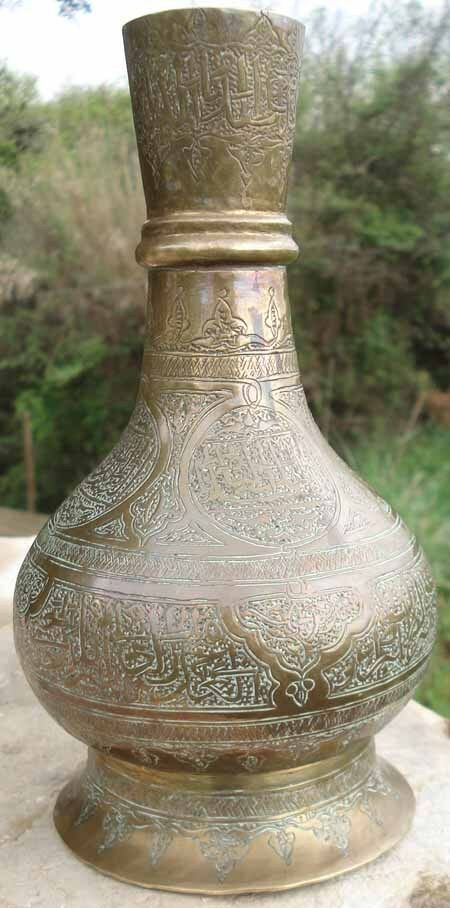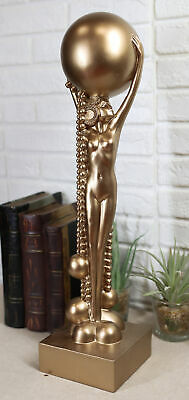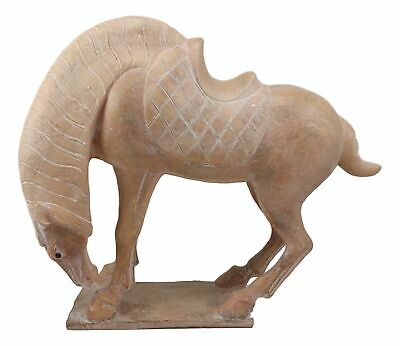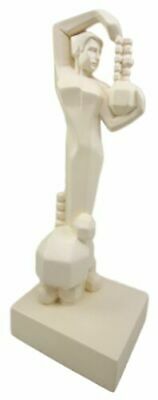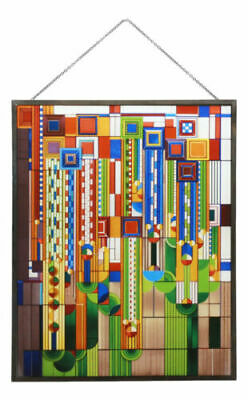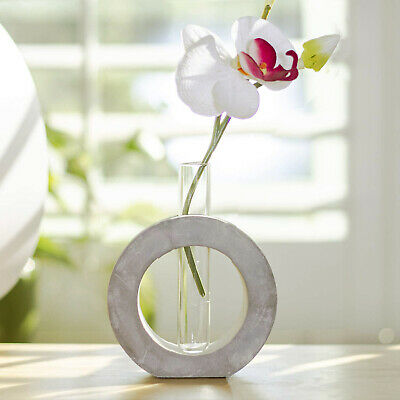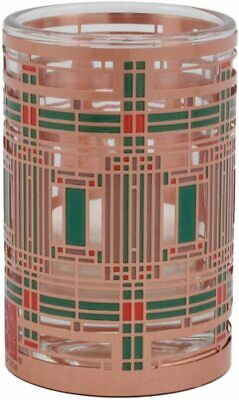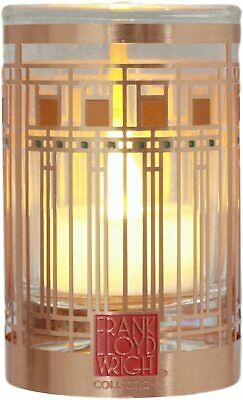-40%
Sprinkler Qumqum Calligraphy Sultan Islam Orient Kurdish
$ 226.6
- Description
- Size Guide
Description
Untitled DocumentSprinkler Qumqum Calligraphy Sultan Islam Orient Kurdistan
... The manufacture of the qumqum (sprinkler), in ceramic, glass or metal, is a tradition that dates back to the most distant antiquity. They are used to purify the floor or the wall of houses, in domestic life and sometimes even in the practice of religion. The object presented here is in yellow copper chiseled with friezes and oriental motifs and various calligraphy. Its ornate neck inside indicates that a pierced stopper was attached to it and its oxidized base, that the visible part has been cleaned.
The site "
qantara mediterranean heritage
" indicates that : "
Qumqum are known in metal from Antiquity and in the first centuries of Islam, especially in Susa. They probably appeared at the end of the Fatimid period in
Egypt
and in
Syria
, spread there in the 12th-13th centuries to
the ayyubid era
. Their use will continue during the Mamluk period in the 14th century.
. "
Innumerable characters cover this sprinkler. The art of calligraphy, which is an art in its own right, is not always about conveying a message. Letters do not have to be words and when they do, words do not necessarily fit together to form a sentence. When there is a message, it can be hidden. One can also know how to read Arabic perfectly (28 letters) and not know how to read calligraphy. Letters can be so elaborate that they often lose all readability of the text. A calligraphy can contain only one word embedded in a multitude of characters.
However, some words appear on this sprinkler:
1
/
al-Sultan al-Malek al-Nâsser
that we can literally translate as
The Sultan, The King, The Victor
or
one who receives the victory of God
. This calligraphy is reproduced several times all around the object.
The term Sultan can in some cases be given to the "Lord" (God) the Sultan of the Sultans. This does not appear to be the case here.
This calligraphy could evoke the Sultan Saladin (or Salâh ad-Dîn, the most famous of all the Sultans, who, moreover, never bore the official title of Sultan) founder of
the Ayyubid dynasty
.
(Kurdish)
2
/ We also find this inscription
al-Sultan al-Nâsser
which can mean simply
Sultan Nasser
or
The
Sultan who receives the victory of God
3
/
There is also
Al-Malik wa al-Din
, which literally means
The King and Religion
but a king, or even several, may have borne the name of
wa al-Din
...
Wa al-Din
can also be a proper name.
4 / The other characters are not in Arabic writing. We know that this part of the world (shared today by Turkey, Iraq, Iran and Syria) where this sprinkler probably comes from, uses different scripts and dialects.
DIM: 23 cm X 12 cm
Flared pedestal
al-Sultan al-Nâsser
.....
The victorious sultan
where the
Sultan who receives the victory of God
Al-Malik wa al-Din: The King and Religion
al-Sultan al-Malek al-Nâsser: The Sultan, The King, The Conqueror
( or
one who receives the victory of God
)
thank you for your visit
Untitled Document Sprinkler Qumqum Calligraphy Sultan Islam Orient Kurdistan However, some words appear on this sprinkler: The term Sultan can in some cases be given to the "Lord" (God) the Sultan of the Sultans. This does not appear to be the case here. 2/ We also find this inscription al-Sultan al-Nâsser which can mean simply Sultan Nasser or The Sultan who receives the victory of God 3/There is also Al-Malik wa al-Din, which literally meansThe King and Religion but a king, or even several, may have borne the name of wa al-Din ...Wa al-Din can also be a proper name. DIM: 23 cm X 12 cm Flared pedestal al-Sultan al-Nâsser ..... The victorious sultan where the Sultan who receives the victory of God Al-Malik wa al-Din: The King and Religion al-Sultan al-Malek al-Nâsser: The Sulta
